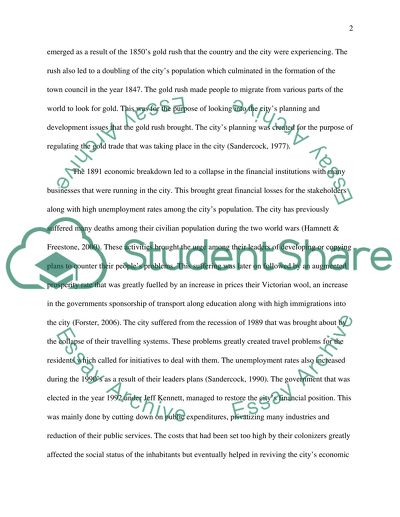Cite this document
(“Strategic Metropolitan Planning in Australia: Melbournes Planning Essay”, n.d.)
Retrieved from https://studentshare.org/environmental-studies/1443933-strategic-metropolitan-planning-in-australia-melbournes-planning-history-do-governments-shape-or-follow-growth
Retrieved from https://studentshare.org/environmental-studies/1443933-strategic-metropolitan-planning-in-australia-melbournes-planning-history-do-governments-shape-or-follow-growth
(Strategic Metropolitan Planning in Australia: Melbournes Planning Essay)
https://studentshare.org/environmental-studies/1443933-strategic-metropolitan-planning-in-australia-melbournes-planning-history-do-governments-shape-or-follow-growth.
https://studentshare.org/environmental-studies/1443933-strategic-metropolitan-planning-in-australia-melbournes-planning-history-do-governments-shape-or-follow-growth.
“Strategic Metropolitan Planning in Australia: Melbournes Planning Essay”, n.d. https://studentshare.org/environmental-studies/1443933-strategic-metropolitan-planning-in-australia-melbournes-planning-history-do-governments-shape-or-follow-growth.


